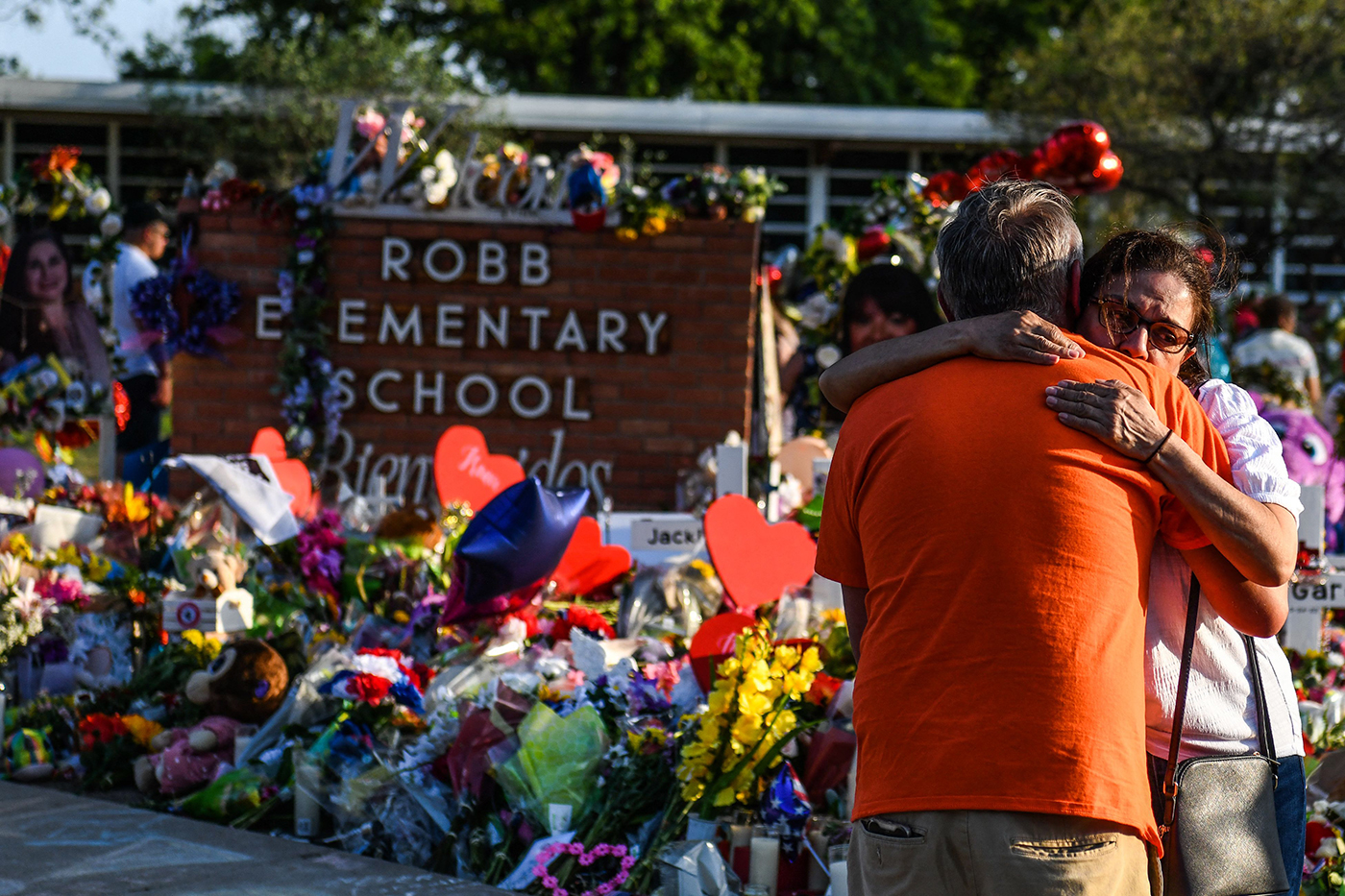Safety a Concern: The Changing Dynamics of Public Spaces
In times gone by, a trip to the park, a shopping spree, or a simple subway commute did not carry an inherent feeling of trepidation. Unfortunately, over the past ten years, this sensation of stability has waned, replaced with a palpable uncertainty and, in some instances, overt danger. Public areas have become battlegrounds of volatility, and the fading concept of fundamental public decorum or a collective, alert edge has made safety in public quarters an uncertainty. Here are the reasons why we’re increasingly feeling less secure than before.
The harrowing fact that mass shootings barely ruffle feathers anymore is testament to their increasing frequency. Public spaces like educational institutions, markets, workplaces, and concert venues have fallen prey to the rampant violence. The Gun Violence Archive highlights the alarming rate of these incidents, with over 200 mass shootings reported in the USA in 2023, emphasizing their ever increasing situation.
The apathy towards these tragedies has bred a perpetual state of anxiety among the masses. People now anxiously scan for exits as they step into a building, are weary of large gatherings, and are ever ready for catastrophic events. The idea of these shootings being an anomaly does little to put the mind at ease when confronted with a continuous cycle of related news stories. This news storm propagates a prevalent dread and amplifies feelings of fear.
Instances of individuals losing their cool in public have escalated to such a level that it has become almost routine now. Potentially volatile situations, like traffic altercations, everyday disagreements morphing into physical confrontations, and mentally unhinged tirades, have lowered the bar of public decorum. This unpredictability creates an environment of tension where anyone could potentially be the next ‘internet sensation.’ These skirmishes often boil over into violence, making public spaces feel downright precarious.
In the past, stepping in to resolve fights or help someone in distress was the societal norm. Unfortunately, nowadays, it has degraded to a point where bystanders merely record the incident on their phones, choosing caution over action. The fear of worsening the situation or falling prey themselves leads to bystander apathy, which contributes to a less secure environment for all.
Crime is no longer a concern strictly tethered to ‘bad’ neighborhoods. Nowadays, even the most tranquil, suburban neighborhoods witness spurts of theft, carjacking, and violent crimes. An increased sense of insecurity can often stem from a perception of danger rather than pure statistics. As reports of violent incidents in historically safe neighborhoods circulate, the resulting paranoia prompts people to adopt safety precautions previously deemed unnecessary.
It’s worth mentioning how retail crimes have become audacious in their execution. Shoplifting in broad daylight, without any concern for the consequences, is no longer an uncommon sight. When retail giants struggle to retain basic security measures, the perceived risk of everyday shopping escalities significantly.
The convenience of public transit has now become a labyrinth of danger. Previously heralded for its practicality, public transportation is now riddled with accounts of unprovoked attacks, harassment, and even stabbings. Coupled with increased crime, drug abuse, and mental health crises, traveling from point A to point B no longer feels mundane, adding another layer of complexity to people’s daily routines.
One of the significant paradigm shifts in public safety is due to the simmering threat online. Social media and other extreme platforms provide easy means for people to quickly radicalize. Echo chambers of conspiracy theories, political extremism and violent hate groups, often lead otherwise normal individuals to become potential public hazards.
Public environment has seen an unceremonous disregard for basic public etiquette in recent years. Common courtesies such as holding doors open, respecting personal space, and moderating noise levels are all but forgotten. This deterioration of even the most mundane societal norms has contributed to a more chaotic and less welcoming public space.
Fear for personal safety has led to an increasingly defensive society. Gun ownership and the popularity of self-defense products have seen a spiking trend. As people anticipate the worst, they become more guarded in public. Even minor disputes can spiral out of control, creating an atmosphere of suspense and fear.
Harassment on the streets has always been a concern, but a recent surge in its intensity is worth noting. Women, individuals from the LGBTQ+ community, and other marginalized groups bear witness to escalating verbal and physical intimidation. The instances when bystanders intervene remain few and far between, leaving the victims feeling exposed and defenseless.
Overt hard drug usage, once confined to hidden spots, is now alarmingly commonplace. The opioid crisis, coupled with a lack of public health resources, has contributed to this rising issue. The sight of individuals partaking in substance abuse in public increases the feeling of unease for those nearby.
Entertainment spots like malls and movie theaters, previously known for amusement and enjoyment, now carry an undercurrent of anxiety. Mass shootings and other forms of violence coupled with the frequent news of startling crimes make these places increasingly daunting. The need for vigilance and preparedness has unfortunately become a part of leisure activities.
Road rage, a common plight in years past, has taken a turn for the worse with a dramatic spike in aggression. A minute oversight or a slight delay can escalate into full blown arguments and sometimes, violence. This increasing volatility has added another layer of stress to daily commuting.
Previously, strangers could be relied upon for help in public, but there is a growing hesitancy to reach out due to fear of scams or harmful motives. This mistrust has led to an isolationist mindset, further endangering public safety.

